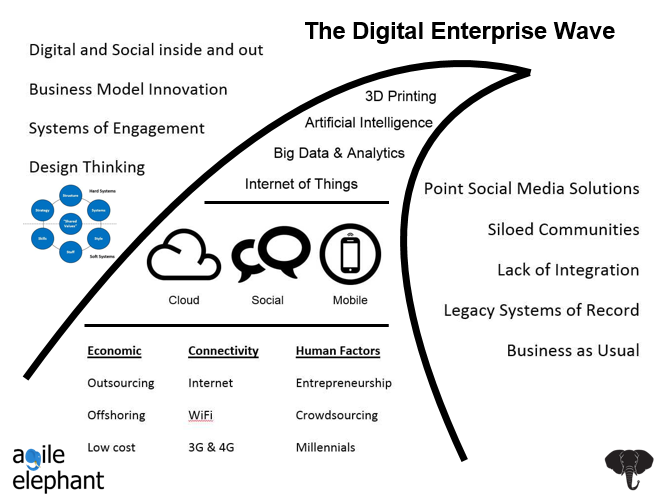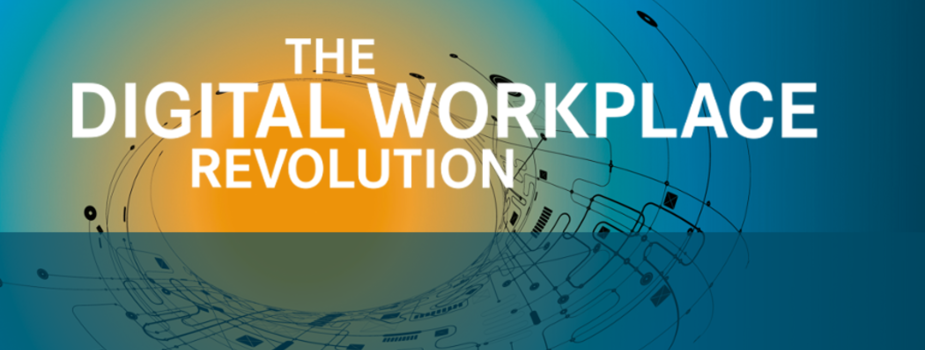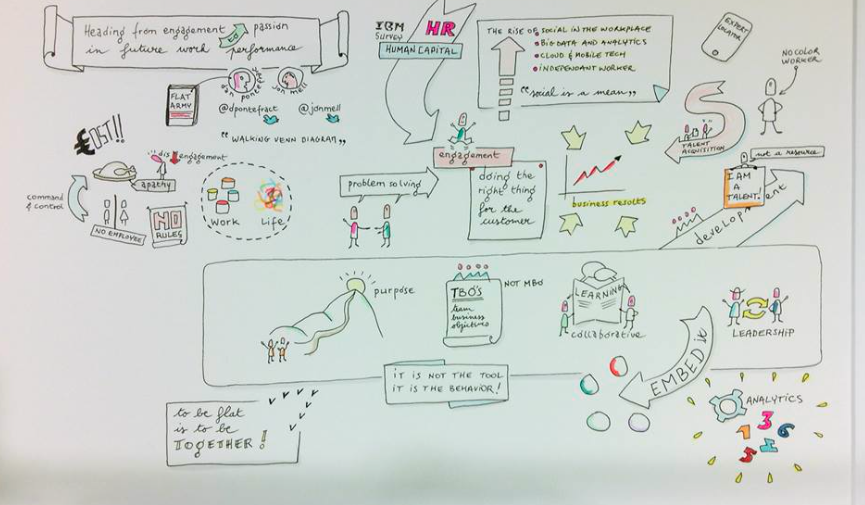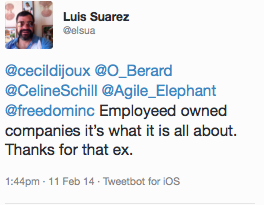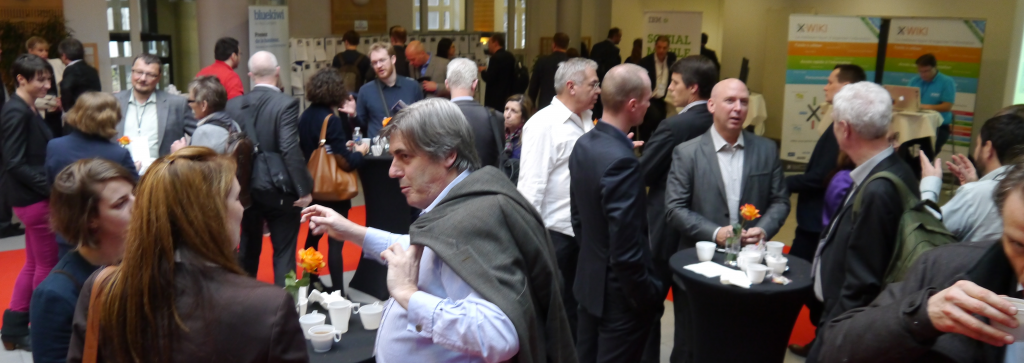This is the next in a series of posts which present different views on the state of Social Business in the UK from a video interview series compiled by our friends at Kongress Media. Around our #e20s Meetup sessions Bjoern Negelmann asked well known consultants, practitioners and thought leaders in this space where we are with digital and social collaboration compared to the rest of Europe and elsewhere.
Here is Jon Ingham. Jon’s a well know human resources and human capital management expert who has been blogging around the topic since 2007, and before that authored Strategic Human Capital Management: Creating Value Through People. Our paths have been crossing regularly in the social media, social business and digital workplace space and so we were delighted to get his viewpoint.
Watch the video, but here are some highlights:
very positive, very dynamic
I feel, in one way, that we talk less about social business than we perhaps we were a few years ago
but there are more social businesses around – there are more organisations that know their sucesss depends on being social, doing collaboration, bringing their people together
HR is very much at the heart of creating that type of organisation
I still think the main driver tends to be technology, the move to digital, the move to mobile
I think that tends to be the wrong the idea – we were talking about 5 years ago that we could bring social technology in to the organisation and experiment, about using wikis and different things, and that would help me become more social – I think that’s largely been disapproved
the attempt to introduce social in to process, in the workflow – I don’t think that’s getting there either
I think what works is being a social business, introducing social in to the culture
but that’s not what it’s about, the driver is to improve the effectiveness of the organisation, the collaboration of the people, the connectedness of all of the people across departments, across functions – when the driver is that social business works more effectively
HR people who really do understand the power of the culture, how engagement can be shaped, how collaboration can be enhanced and doing terrific things in this area
but are also involved in organisation design, team design, organisation development, reward policies that ensure everybody is collaborating, in reshaping their performance management
a lot going on and I’m very proud of what we accomplish in HR
I would appoint HR as the head of that effort
I’m biased as I work mainly with HR… …a lot of HR people understand what social business is all about… … but (some of) their CEOs don’t get the plot
If you want to find out more and about what works, what doesn’t and what next then take a look at the Enterprise 2.0 Summit London on November 26. More information here.
More #e20s state of UK social business interviews in the series here.


